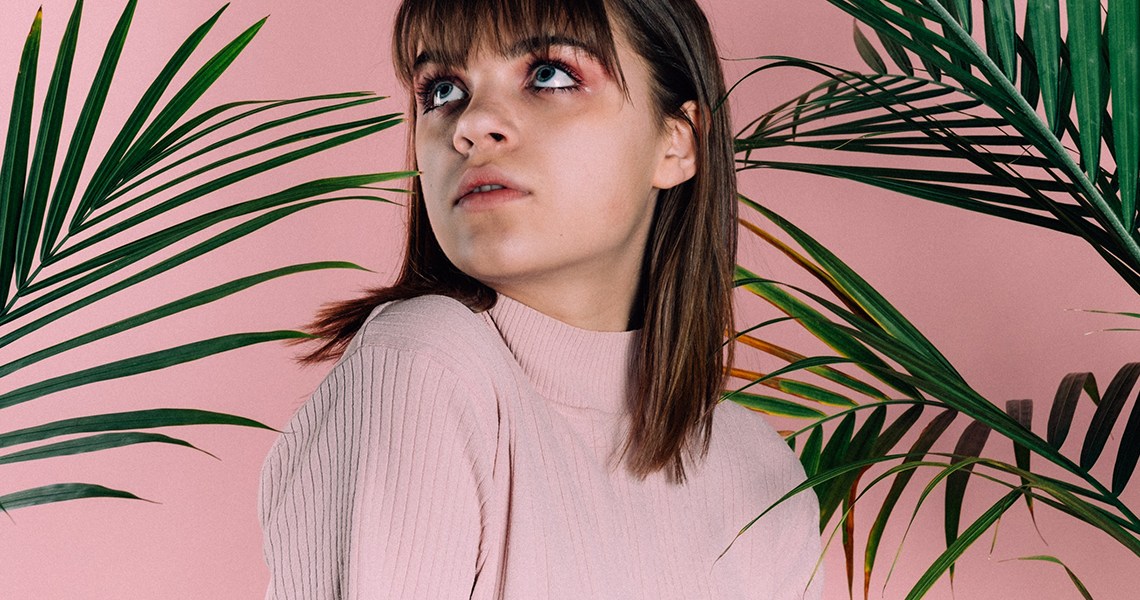Over the past few years, micro-influencers have become the darlings of the social media community. Their followings — which account for 10,000–50,000 users — have been known to exhibit unusually high engagement. But over the past several months, there’s been an unexpected uptick in the emphasis brands are placing on influencers with larger audiences.
It may be that macro-influencers will be the next element that moves the needle for marketers.
When COVID-19 first hit, many companies froze their marketing programs, including influencer partnerships. Content calendars were tossed out the window, and budgets were slashed. Clickbait articles announced that 2020 would be the end of influencer marketing. But that hasn’t happened.
Instead, brands that pushed through the uncertainty of the pandemic’s early days and found their voices during the Black Lives Matter protests have seen new manifestations of success. And instead of minimizing their influencer spend, these brands have doubled down on influencer relationships, prioritizing their work with macro-influencers — i.e., those with audiences of over 500,000.
Macro-influencers drive brand exposure — and engagement
After all of the excitement around micro- and even nano-influencers, why refocus on the most established tiers?
For one, the Instagram algorithm favors influencers with more followers. Smartphone usage is at an all-time high, but platforms are crowded with content. Working with influencers with huge followings ensures that the content they create will receive a substantial amount of exposure and visibility. As a result, macro-influencers may be the best fit for marketers looking to maximize awareness and impressions — especially if budget is a non-issue.
Meanwhile, one of the most common arguments for favoring micro-influencers is that they boast stronger engagement rates. Traackr’s 2020 State of Influence report dove into the data to see if that assessment holds true this year — and the results were surprising.
Instagram influencers with fewer than 50,000 followers do enjoy slightly higher average engagement rates (3.5 percent) than macro-influencers (2.67 percent), specifically when they speak about beauty brands. But this discrepancy is far lower than one might expect. Meanwhile, larger-tier influencers’ effective reach is so significant that it essentially cancels out the negative effects of slightly lower engagement rates.
And that’s just Instagram. On TikTok, tier-by-tier engagement rates don’t follow the expected pattern. While micro-influencers mentioning beauty products earned 3.2 percent engagement rates, mid-tier influencers earned 11.4 percent, macros earned 4.2 percent and VIPs (those with 1 million-plus followers) earned 8.3 percent.
These numbers could perhaps result from TikTok’s algorithm, which favors influencers on a growth trajectory. They may also receive a boost from the large number of TikTok posts that go viral and receive over a 100 percent engagement rate. Ultimately, for marketers, TikTok engagement benchmarks are still elusive. However, what’s clear is that top-tier TikTok influencers do appear to preserve and even grow their engagement as their audience size increases, which is not typically the case on the other major platforms.
How top brands have turned to macro-influencers in 2020
So far, in 2020, beauty, fashion and hospitality brands have implemented a variety of impressive macro-influencer strategies. CeraVe became one of the most mentioned skincare brands amongst Gen-Z due to its organic partnership with skinfluencer extraordinaire Hyram Yarbro. Previously, the brand had focused its strategy on dermatologists and word-of-mouth recommendations. But after noticing Yarbro’s genuine advocacy for the brand, CeraVe approached him to make the partnership official. As a result, CeraVe has become the skincare brand of the moment — unheard of from an affordable brand whose marketing strategy had previously relied on doctors’ recommendations.
2020 also saw a noted increase in sleepwear popularity, including the viral rise of the “nap dress.” Hill House Home, the brand that carried the most popular nap dress, relied on influencers in its rise to fame. Interestingly, the founder of Hill House Home is still in micro-influencer territory herself. But to take the nap dress from hidden gem to sold-out sensation, the brand harnessed the love of macro-influencers like Julia Berolzheimer, Katie Sturino and Carly Heitlinger.
In another example, Meliá Hotels International, a chic Spanish hotel chain, recently made news by partnering with mega-influencer Chiara Ferragni. The collaboration raised awareness about the changes the chain had made to its Gran Meliá property in Rome to ensure safety during the COVID-19 pandemic. Meliá’s global director of social media, Santiago Garcia Solimei, told Street Fight magazine that business was down 24 percent, but began improving as a result of this and similar influencer partnerships. The chain ultimately partnered with 30 local influencers with a combined audience of 37 million and has seen impressive results. In the early days of the program’s launch, Meliá counted 5,000 new visitors on its website, spanning 25 different countries, 83 percent of which were new sessions.
To settle on an influencer tier, brands must look inward
Brands must carefully assess their goals before deciding which influencer tier represents the right partnership. If a brand is looking to target a niche, geographically specific audience, then partnering with macro-influencers may be a significant misallocation of funds. But if they’re looking to reach a broad group of people with expansive interests, macro-influencer partnerships are a good bet.
Brands can’t always make these assessments on their own. Data lies at the heart of every successful influencer program. Brands need the right technology tools to surface insights into their desired audiences’ size and composition and determine which potential creator partners will actually bring the right influence to meet audience and business goals.




